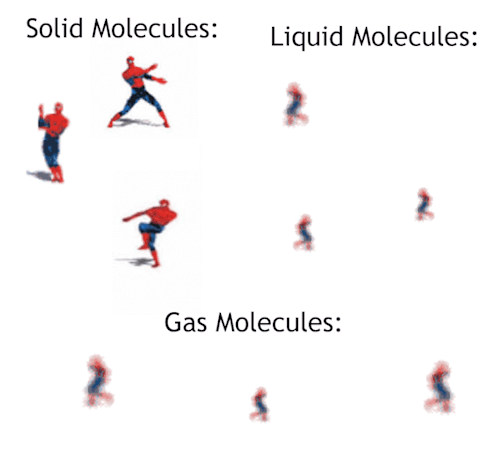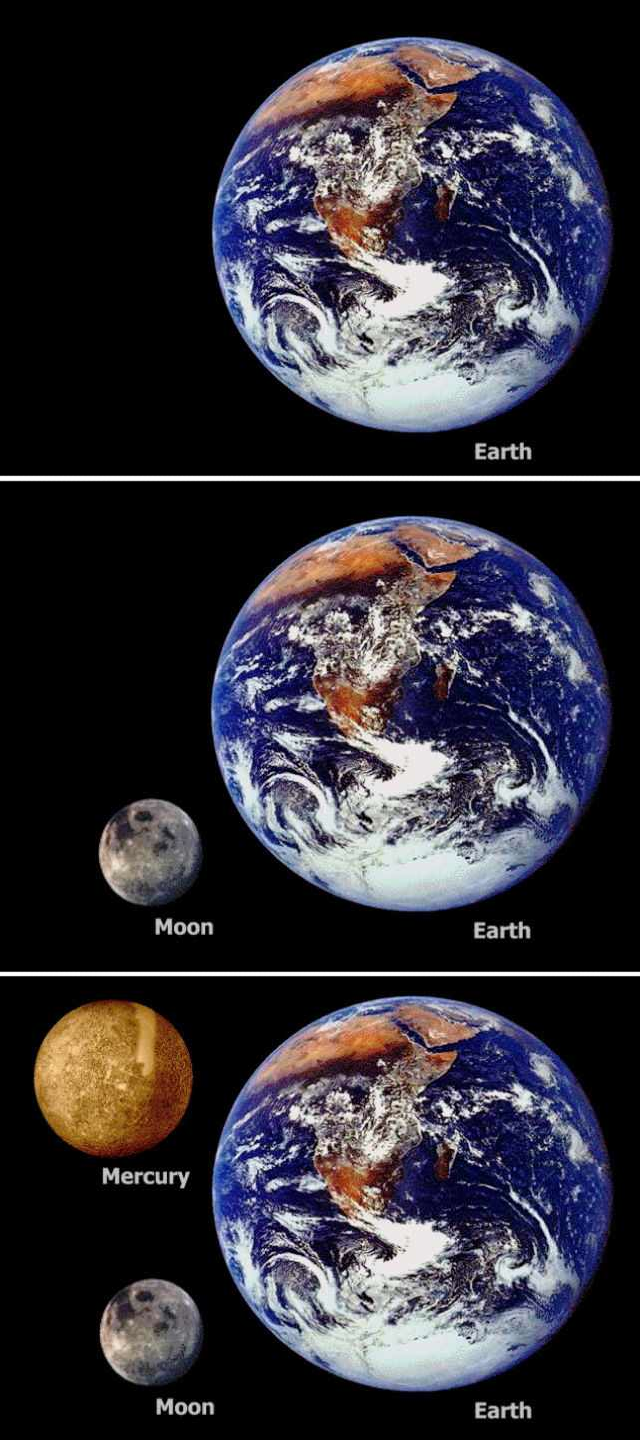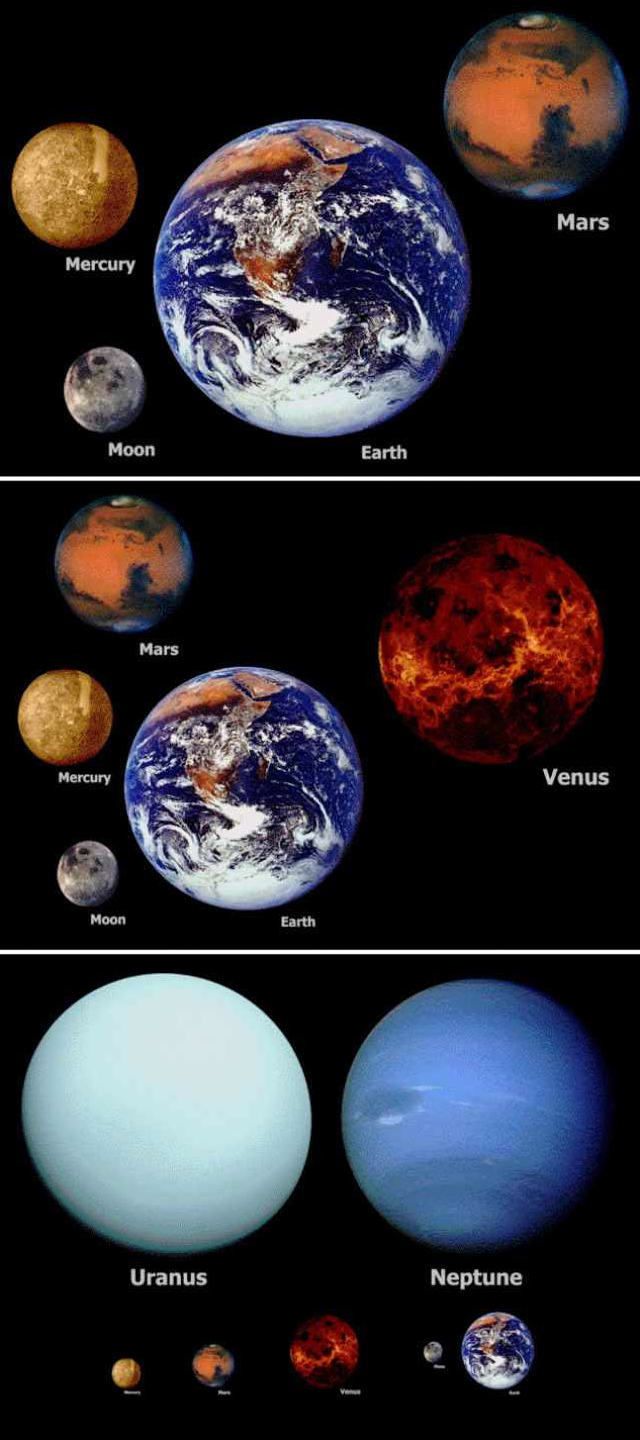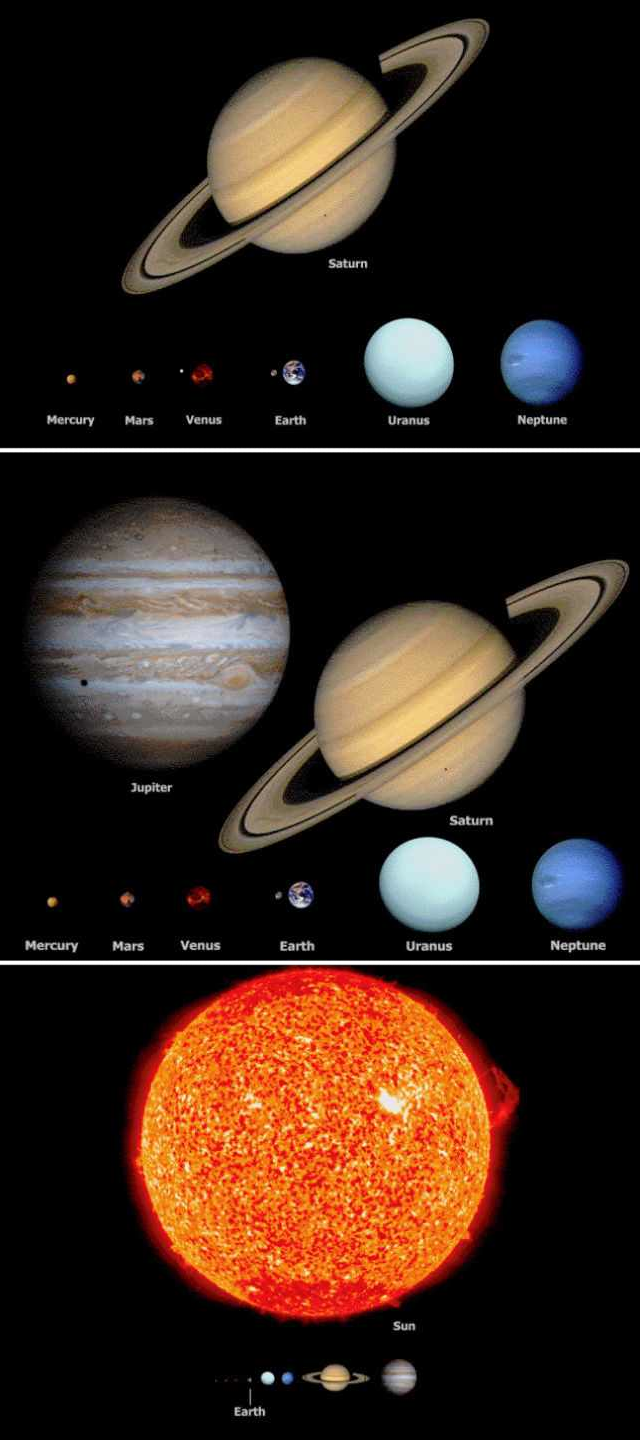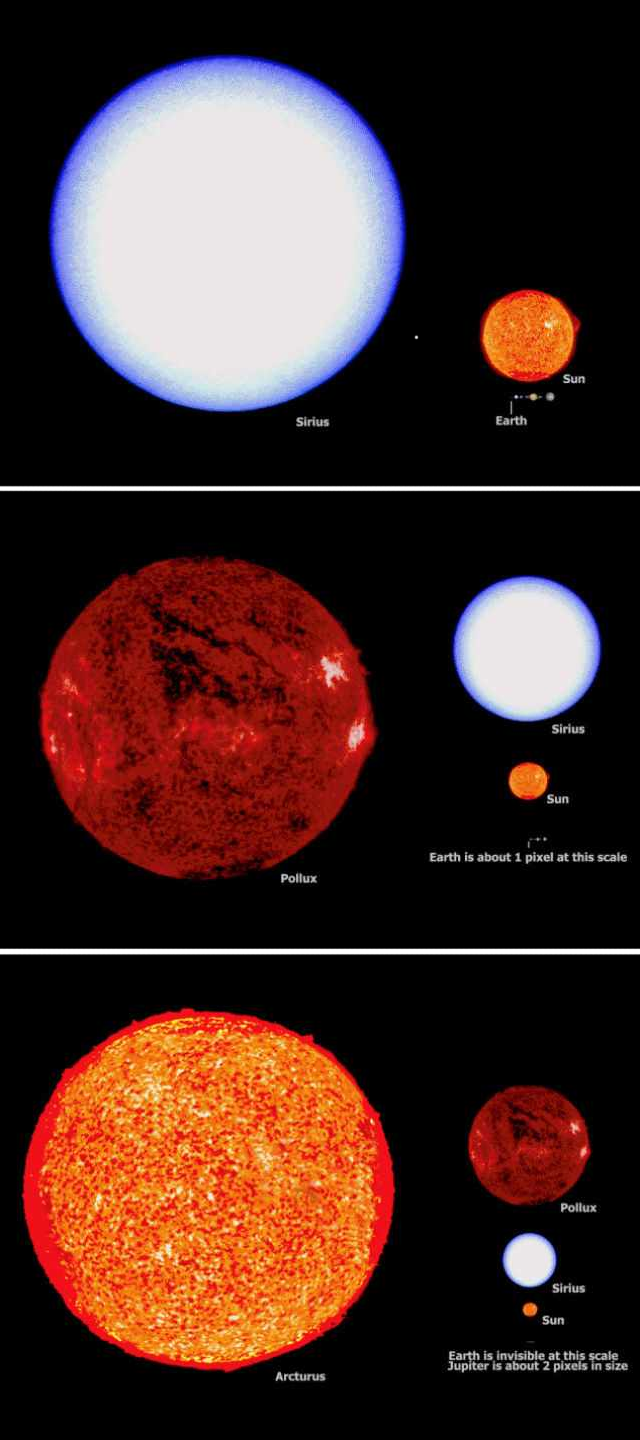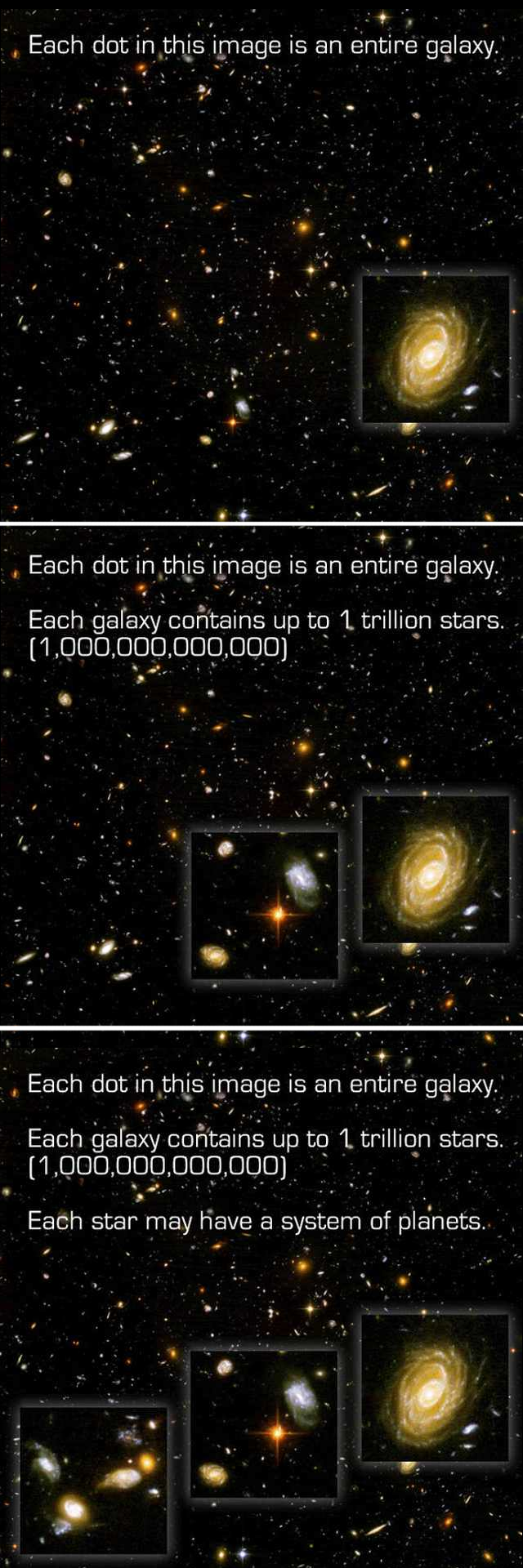Do You Believe In Magic? ✨ While Appearing As A Delicate And Light Veil Draped Across The Sky,
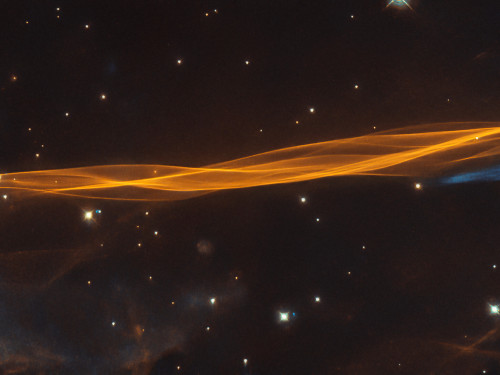
Do you believe in magic? ✨ While appearing as a delicate and light veil draped across the sky, this @NASAHubble image reminds us of the power of imagination. What does this look like to you? In reality, it’s a small section of a Cygnus supernova blast wave, located around 2,400 light-years away. The original supernova explosion blasted apart a dying star about 20 times more massive than our Sun between 10,000 and 20,000 years ago. Since then, the remnant has expanded 60 light-years from its center. Credit: @ESA/Hubble & NASA, W. Blair; acknowledgment: Leo Shatz
More Posts from Science-child and Others







hey everyone! i’m a peer tutor at my university and i wanted to share some study strategies that i’ve found really helpful in my stem/content-heavy courses. please feel free to share yours with me as well!
(image descriptions under the cut)
Keep reading
Will the robot be able to send vedio footage?
Decoding Nebulae
We can agree that nebulae are some of the most majestic-looking objects in the universe. But what are they exactly? Nebulae are giant clouds of gas and dust in space. They’re commonly associated with two parts of the life cycle of stars: First, they can be nurseries forming new baby stars. Second, expanding clouds of gas and dust can mark where stars have died.

Not all nebulae are alike, and their different appearances tell us what's happening around them. Since not all nebulae emit light of their own, there are different ways that the clouds of gas and dust reveal themselves. Some nebulae scatter the light of stars hiding in or near them. These are called reflection nebulae and are a bit like seeing a street lamp illuminate the fog around it.

In another type, called emission nebulae, stars heat up the clouds of gas, whose chemicals respond by glowing in different colors. Think of it like a neon sign hanging in a shop window!

Finally there are nebulae with dust so thick that we’re unable to see the visible light from young stars shine through it. These are called dark nebulae.

Our missions help us see nebulae and identify the different elements that oftentimes light them up.
The Hubble Space Telescope is able to observe the cosmos in multiple wavelengths of light, ranging from ultraviolet, visible, and near-infrared. Hubble peered at the iconic Eagle Nebula in visible and infrared light, revealing these grand spires of dust and countless stars within and around them.

The Chandra X-ray Observatory studies the universe in X-ray light! The spacecraft is helping scientists see features within nebulae that might otherwise be hidden by gas and dust when viewed in longer wavelengths like visible and infrared light. In the Crab Nebula, Chandra sees high-energy X-rays from a pulsar (a type of rapidly spinning neutron star, which is the crushed, city-sized core of a star that exploded as a supernova).

The James Webb Space Telescope will primarily observe the infrared universe. With Webb, scientists will peer deep into clouds of dust and gas to study how stars and planetary systems form.

The Spitzer Space Telescope studied the cosmos for over 16 years before retiring in 2020. With the help of its detectors, Spitzer revealed unknown materials hiding in nebulae — like oddly-shaped molecules and soot-like materials, which were found in the California Nebula.

Studying nebulae helps scientists understand the life cycle of stars. Did you know our Sun got its start in a stellar nursery? Over 4.5 billion years ago, some gas and dust in a nebula clumped together due to gravity, and a baby Sun was born. The process to form a baby star itself can take a million years or more!

After billions more years, our Sun will eventually puff into a huge red giant star before leaving behind a beautiful planetary nebula (so-called because astronomers looking through early telescopes thought they resembled planets), along with a small, dense object called a white dwarf that will cool down very slowly. In fact, we don’t think the universe is old enough yet for any white dwarfs to have cooled down completely.
Since the Sun will live so much longer than us, scientists can't observe its whole life cycle directly ... but they can study tons of other stars and nebulae at different phases of their lives and draw conclusions about where our Sun came from and where it's headed. While studying nebulae, we’re seeing the past, present, and future of our Sun and trillions of others like it in the cosmos.

To keep up with the most recent cosmic news, follow NASA Universe on Twitter and Facebook.
Make sure to follow us on Tumblr for your regular dose of space.
I still haven’t gotten over the fact that Hampshire College in Massachusetts has the worlds first non-human resident scholar.


THIS IS REAL

HOW IS THIS REAL



what is the biggest challenge in the preparation of such a mission and how do you handle it?
"I do not know how I may appear to the world, but to myself I seem to have been only like a boy, playing on the sea-shore, and diverting myself, in now and then finding a smoother pebble or prettier shell than ordinary, whilst the great ocean of truth lay all undiscovered before me."
-Isaac Newton-
Roman’s Five-Year Forecast: A Downpour of Data!
Our Nancy Grace Roman Space Telescope recently passed a major review of the ground system, which will make data from the spacecraft available to scientists and the public.
Since the telescope has a gigantic field of view, it will be able to send us tons of data really quickly — about 500 times faster than our Hubble Space Telescope! That means Roman will send back a flood of new information about the cosmos.

Let’s put it into perspective — if we printed out all of Roman’s data as text, the paper would have to hurtle out of the printer at 40,000 miles per hour (64,000 kilometers per hour) to keep up! At that rate, the stack of papers would tower 330 miles (530 kilometers) high after a single day. By the end of Roman’s five-year primary mission, the stack would extend even farther than the Moon! With all this data, Roman will bring all kinds of cosmic treasures to light, from dark matter and dark energy to distant planets and more!
Learn more about the Roman Space Telescope.
Make sure to follow us on Tumblr for your regular dose of space!
Is there any chance that something could go wrong?
-
 nojkno liked this · 1 year ago
nojkno liked this · 1 year ago -
 spensaweight77 liked this · 1 year ago
spensaweight77 liked this · 1 year ago -
 glenenelwethough liked this · 1 year ago
glenenelwethough liked this · 1 year ago -
 pedrummond reblogged this · 2 years ago
pedrummond reblogged this · 2 years ago -
 stardating reblogged this · 2 years ago
stardating reblogged this · 2 years ago -
 digitalbookofshawdows reblogged this · 3 years ago
digitalbookofshawdows reblogged this · 3 years ago -
 nimbuscloudydazed reblogged this · 3 years ago
nimbuscloudydazed reblogged this · 3 years ago -
 icewolf589 liked this · 3 years ago
icewolf589 liked this · 3 years ago -
 xrxluvx1 liked this · 3 years ago
xrxluvx1 liked this · 3 years ago -
 sunnythebunny2 liked this · 3 years ago
sunnythebunny2 liked this · 3 years ago -
 souless6 liked this · 3 years ago
souless6 liked this · 3 years ago -
 coralladyfun liked this · 3 years ago
coralladyfun liked this · 3 years ago -
 puffedwheatsquare liked this · 3 years ago
puffedwheatsquare liked this · 3 years ago -
 a-momentofsonder liked this · 3 years ago
a-momentofsonder liked this · 3 years ago
